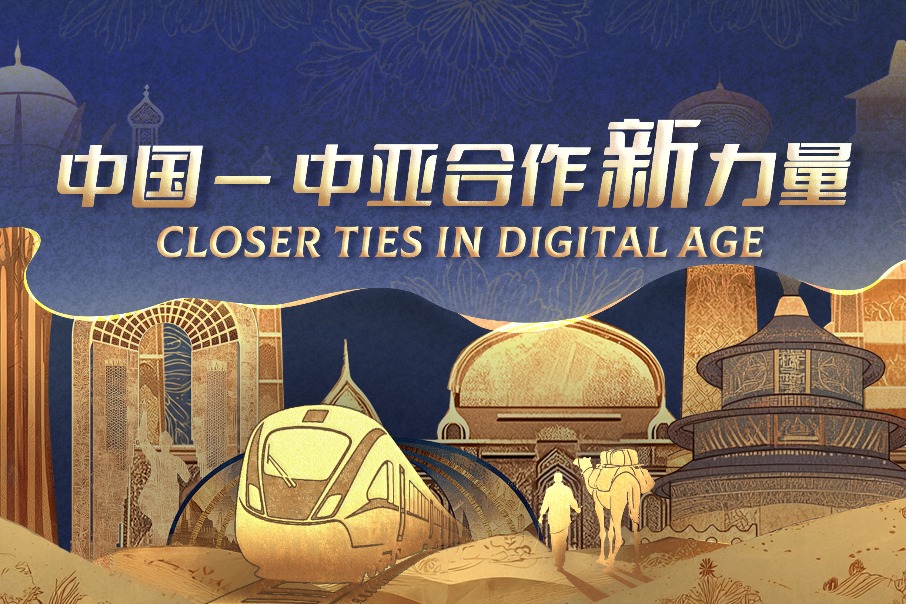Snake sticks its fangs into myth and culture
Reptile with important symbolism sees reputation grow, Wang Ru reports.


Qin and Han snakes
Since the Warring States Period (475-221 BC), snakes were sometimes perceived as evil creatures which might disrupt the dead. Consequently, tomb artifacts frequently depicted guardian beasts chewing or trampling snakes to ward off their proximity to the tombs.
Cultural relics about snakes found in northern and southern China during the Qin and Han dynasties exhibit distinct characteristics. “The artifacts from northern China, especially China’s Central Plains, often seemed elegant and solemn. Snakes were often portrayed as intricate patterns alongside other designs. But many artifacts from southern China took the form of snakes, capturing a lifelike essence,” says Lian.
He believes these stylistic disparities reflect the varying prevalence of snakes in the daily lives of people during that era. “Evidence such as the lifelike snake patterns on pottery vessels from the Yangshao Culture indicates the frequent encounters with snakes in northern China during that period. However, as the climate shifted to become cold and arid in northern China — a habitat unfavorable to snakes — they gradually vanished from the region, thriving instead in the more hospitable southern regions,” he says.
“As a result, during the Qin and Han periods, people from northern China only had a vague impression of this animal. But people in southern China often saw the animal, prompting the creation of vivid snake artifacts,” Lian adds.
Snakes played an important role in the culture of the ancient Dian kingdom in the middle and eastern part of present-day Southwest China’s Yunnan province from the Warring States Period to the Han Dynasty. Fan Haitao, deputy director of the Yunnan Provincial Museum, says the religious sacrifice, social life and artistic creations of Dian people were imbued with the presence of snakes.
























